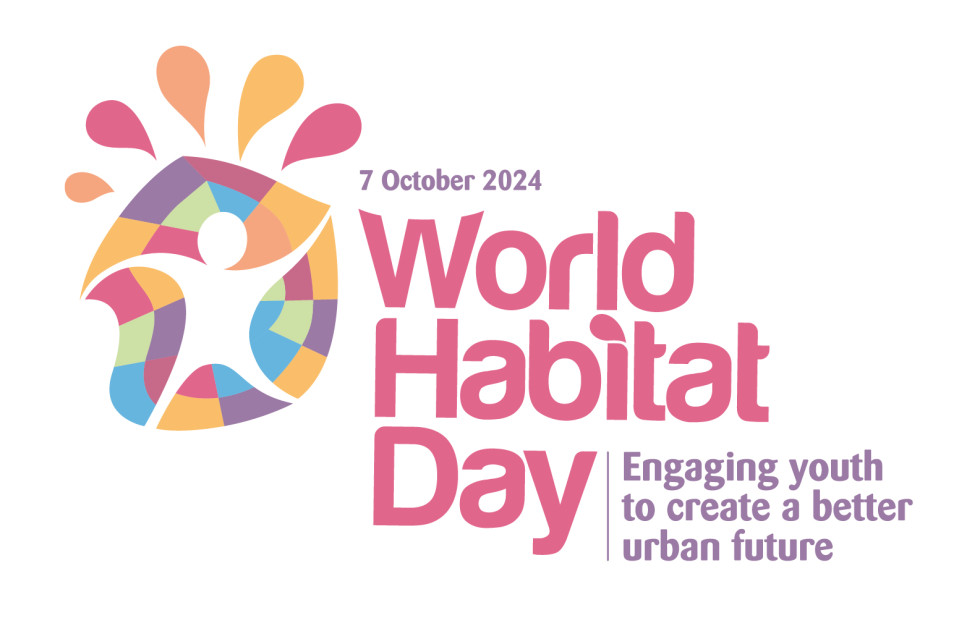World Habitat Day dedicated to the basic right of all to adequate shelter
In Slovenia, World Habitat Day traditionally begins with the launch of Spatial Month, bringing together various events across Slovenia. This year, it is taking place under the slogan “Climate is changing, plan for the future, act now".
With a growing global population and increasing urbanisation, cities around the world, including in Slovenia, are facing many challenges that are exacerbated by climate change. More than half of the world population already lives in urban areas, and projections show that two-thirds of the world population will live in cities by 2050. In many cities, there are major social disparities, in extreme form with the presence of informal settlements (slums) where people live in very poor conditions without access to basic services such as drinking water, sanitation and electricity. Cities also account for more than 70% of global greenhouse gas emissions, with the largest share coming from transport, buildings, energy and waste management. Cities consume 78% of the global primary energy.
The average rate of urbanisation in the European Union (EU) is high, but varies considerably between Member States. Slovenia has one of the lowest urbanisation rates in the EU, i.e. around 50%, compared to the average EU urbanisation rate of 72.5%. Due to its natural features and historical, cultural and economic factors, Slovenia has a specific settlement pattern. It is characterised by an above-average degree of suburbanisation, and a polycentric structure of the urban network with centres, which are typologically towns, forming the backbone. The settlement pattern is uneven, with a high degree of dispersion and a large number (more than six thousand) of small settlements. Cities are also small or medium-sized by European standards. Bigger cities are urban municipalities, with a population below 50,000. Only Ljubljana and Maribor have more inhabitants. The dominant spatial development trends in recent decades are suburbanisation and peri-urbanisation, and dispersed construction outside agglomerations. They are typical of the functional areas of bigger cities, especially along the motorway network and in areas with major employment centres that are well connected to road infrastructure, which is one of the major challenges of spatial development in Slovenia. Slovenian cities are essential for a balanced spatial development of the country.
For more information on urban development, including the National Urban Development Report, visit the Ministry’s webpage.
World Habitat Day is an opportunity to reflect on the future of our cities. In Slovenia and around the world, sustainable urban development is essential to improve quality of life and reduce the impact of climate change. Although Slovenian cities are medium and small-sized in global terms, they are also characterised by complex planning and management. Key solutions include, among other things, the introduction of green infrastructure, circular economy, rational organisation of activities and services, affordable housing, comprehensive renewal of settlements, promotion of sustainable transport and energy efficiency, and adaptation to increasingly unpredictable climate conditions.
For more information on World Habitat Day visit the United Nation’s website.


